Site-Specific Art Installations
“Environments are invisible. Their ground rules, pervasive structure, and overall patterns elude easy perception.”
Site-specific installations are works of art that use space to help create the meaning expressed through the piece. They are installed, often temporarily, in specific sites, potentially transforming the viewer’s perception and experience of that space. Art installations encourage us to look at our everyday experience of environments (the gallery, the school, city streets, public parks, commercial spaces, online, etc.) in new ways by highlighting unwritten rules of a space and/or breaking them as well as making visible the stories and legacies housed within that space.
Using mapping activities and storytelling tours, my site-specific art installation workshops first examine our relationship with space by asking participants to consider questions like: How do I use and interact with space (e.g.always taking the same route on my daily commute) ? What spaces do I have a connection or relationship with (e.g. a favourite stair case to hang out in, a garden I care for)? How does space affect my mood? If I have a space where I feel most comfortable to be myself, what is it about that space that alls me to feel that way? If something about that space were changed, would my feelings change?
Though sorely lacking in documentation, as is the ephemeral nature of the work and limitations on use of existing documentation (i.e. pictures contain audience members for whom no media release exists), installations produced and discussions sparked in these workshops’ are among my favourite of 12 years of practice. The impact of these temporary installations lives on in the memories, stories and rumours of their existence as experienced by “audience” members who happened upon them. Participants have created installations using the contents of a lost and found box, drawn in bike lanes on city streets using chalk, used performance art to disrupt the nature of space, confronted street harassment using the actual street as their canvas, conducted flashmobs, guerrilla awareness campaigns and engaged in (so very many) enthusiastic discussions in school washrooms.
TRACK RECORD, GRADE 10 , TORONTO, 2010
Surfacing Stories
Track Record was an installation that shared a story about a personal relationship with a space. Every morning this student would be dropped off at school very early before anyone else had arrived. They would use this time to run laps around the school. To create an installation that made these private moments visible, they began to trace their 2 feet each morning with chalk, writing their start time in one foot outline and their end time in the other. The weather ultimately decided the lifespan of this piece, washed away from public view by the rain, back to the private realm where it originated.
LINE DRAWING, ADLIB (ACTIVELY DELIVERING LIVELY INTERACTIVE BLAH-BLAH-BLAH) COLLECTIVE, TORONTO, 2009
Interaction as Interruption of Status Quo
Line Drawing (above) was a performance and drawing installation highlighting the way pedestrians interact with each other at street intersections. Engaging captive audiences of pedestrian traffic at major intersections during rush-hour, Ad-Lib members drew circles, straight lines, broken lines and arrows to point out when people were interacting with or ignoring each other. Line Drawing demonstrates how space can be used to address behaviours defined by unwritten rules of social interaction in public spaces and how site-specific performance art and installation can interact directly with audiences.
NOTE: This work was not created in a Never Gallery Ready workshop, it is from a series of performances I co-created as an Adlib Collective member.
WASHROOM INSTALLATION, GRADE 11, TORONTO, 2012
Addressing Access and Equity Issues through Space
The installation above used post-it notes to leave messages, about the treatment of women and girls, in the boy’s washrooms. The group of artists who installed the work made great use of a captive audience: Everyday boys will use these washrooms and be unable to ignore the messages left for them (even if they choose to throw them away). The choice to install their messages in washrooms (spaces separated by gender and infamous for crass talk) enriches the meaning of their installation and by cutting their post-it notes into the dress-shape symbol commonly seen on the door of girls washrooms it’s as if they are saying “This is a message from the girls (washrooms) to the boys (washrooms)”.
SPOT THE BALLS, GRADE 10, TDSB, 2013
POINTING OUT THE (NOT SO) OBVIOUS
The installation above points out something about a space that usually goes unnoticed: There are a number of tennis balls on the school roof. By using tape to add arrows and the words “Spot the Ball” the artists have succeeded in creating an intriguing installation that is also fun. Roof Ball Installation connects community members through a common experience of shared space. Audiences can play along by counting the balls; share a story about a ball they might have lost to the roof; take note of something they might not have noticed before or observe others becoming aware of something they had previously noticed on their own.
Have you ever noticed something quirky about a space you frequent and wondered if others have made the same observation?
THESE QUOTES WERE HAND TRANSFERRED FROM STUDENT FEEDBACK COLLECTED 2007-2017. SEE MORE OF WHAT WORKSHOP PARTICIPANTS HAD TO SAY ABOUT THEIR EXPERIENCE HERE
Student and Participant Work
Click on an image to view. Hover on the bottom of an image to see the age, hosting organization and year works were produced.
Students seeing their work below are invited to add their name or a title to their work by contacting me here
PLEASE NOTE: These workshops and projects of this nature are ongoing and as such this blog post may be updated with new works and/or modified to highlight new examples. Come back again to see what's new!

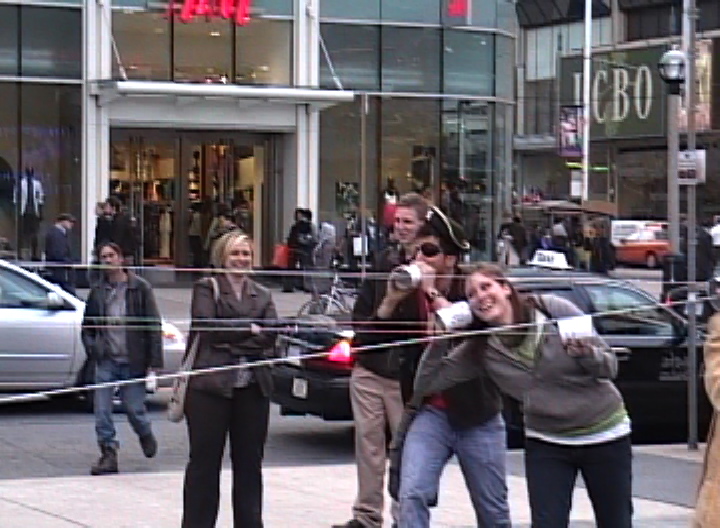
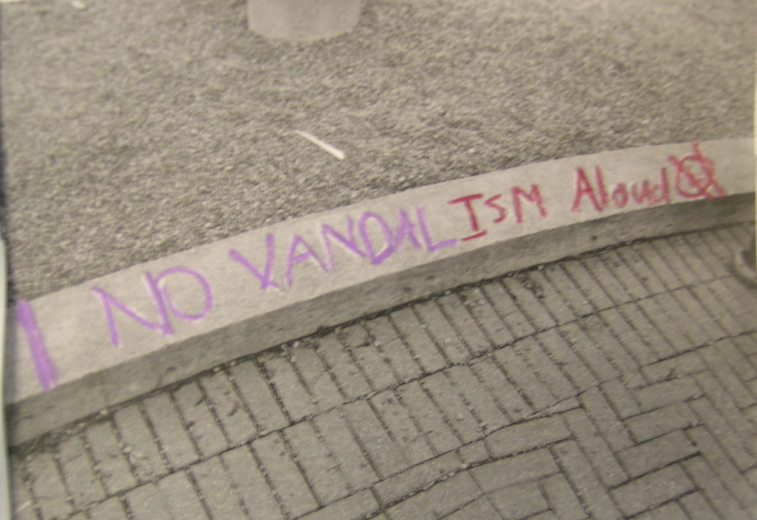
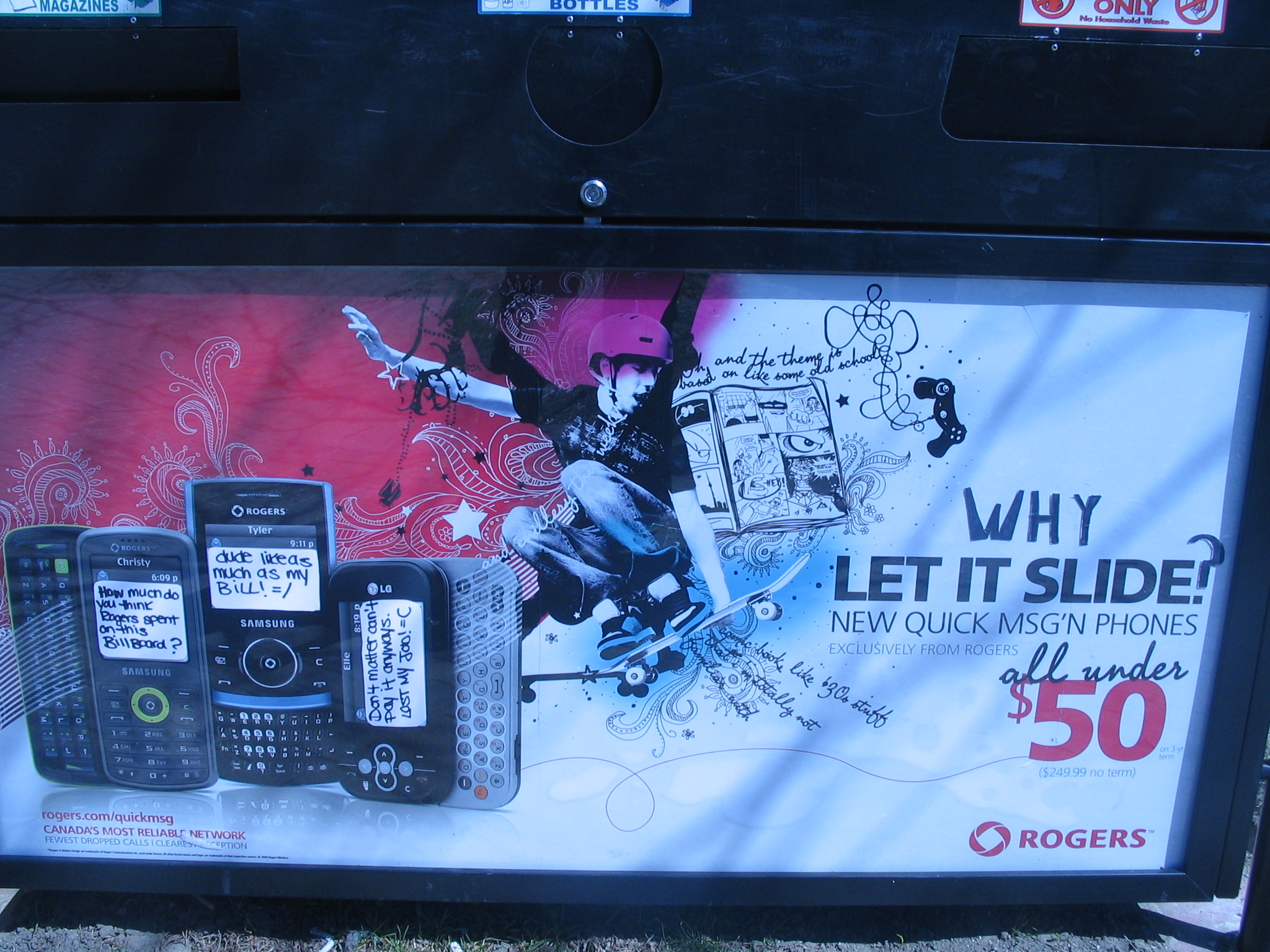
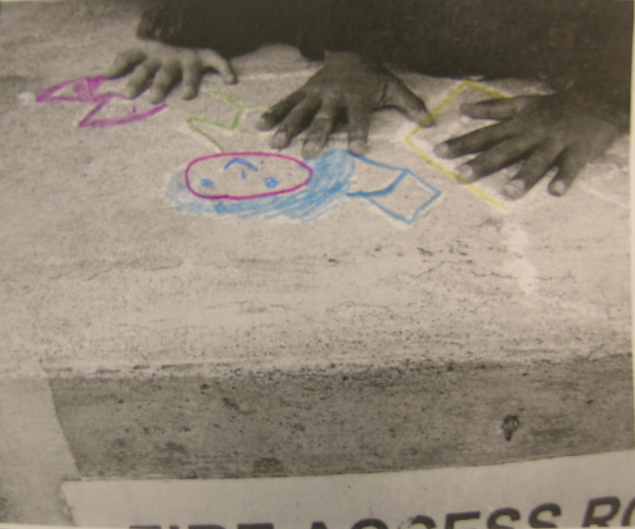
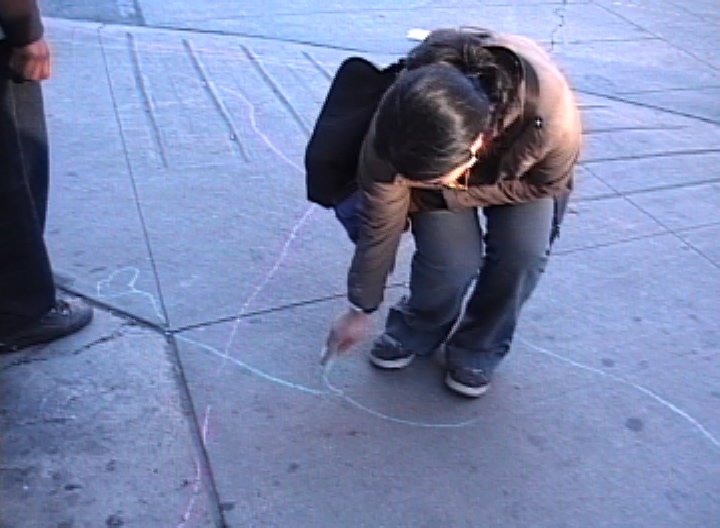
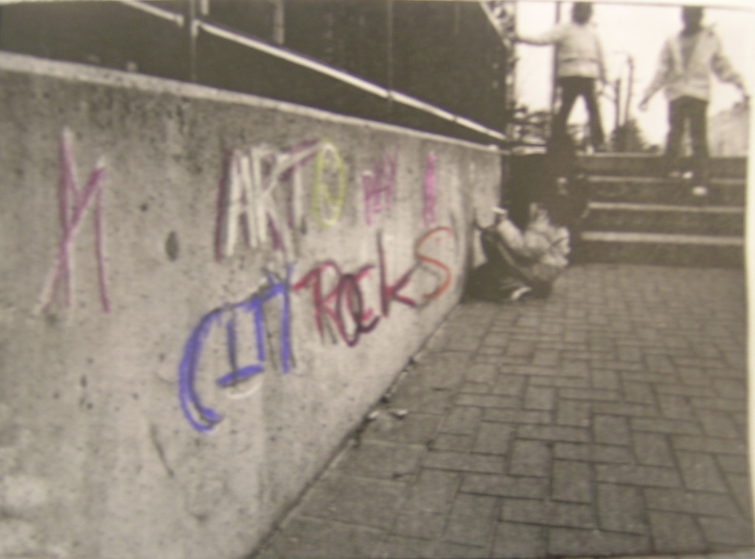





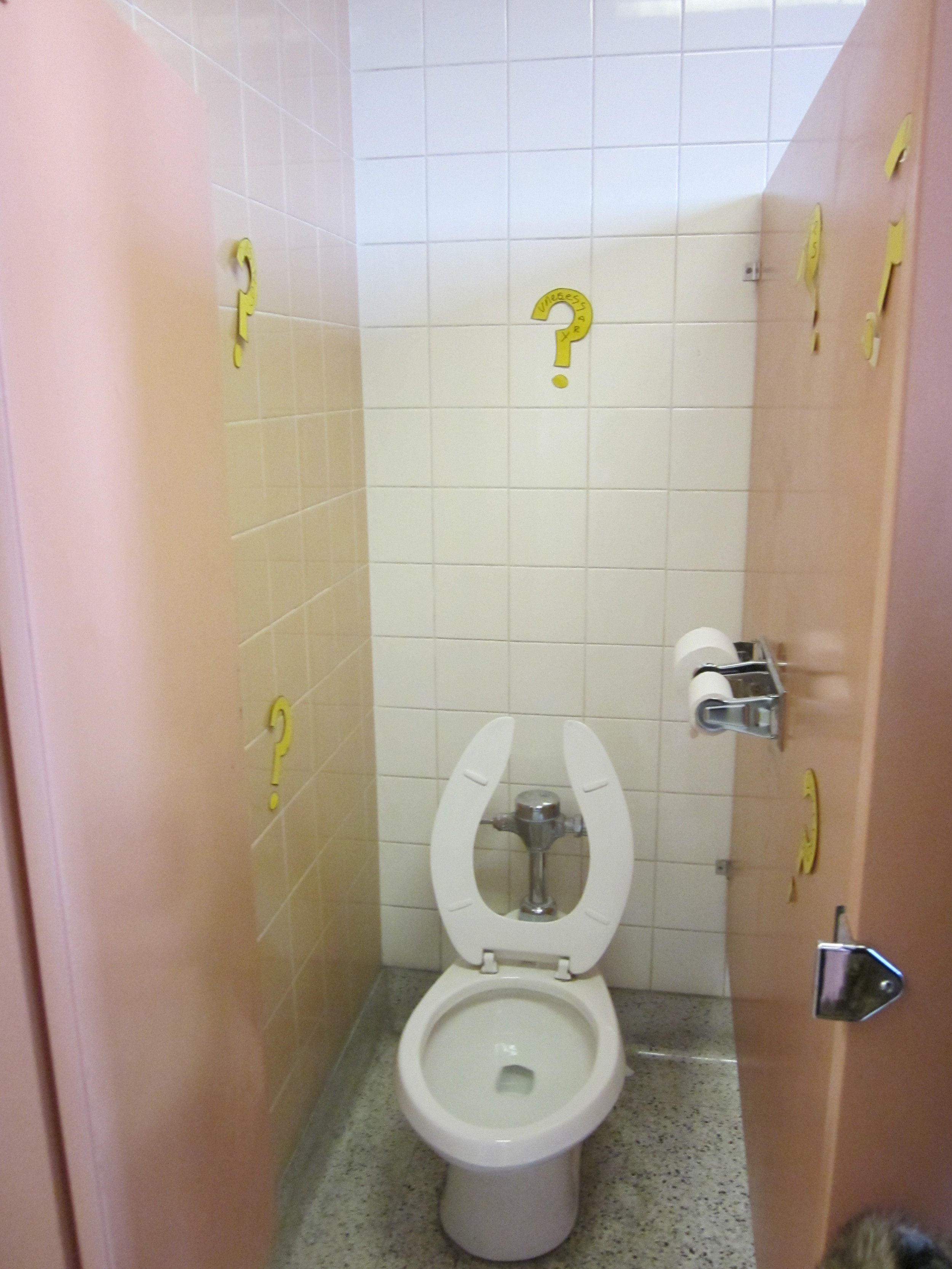
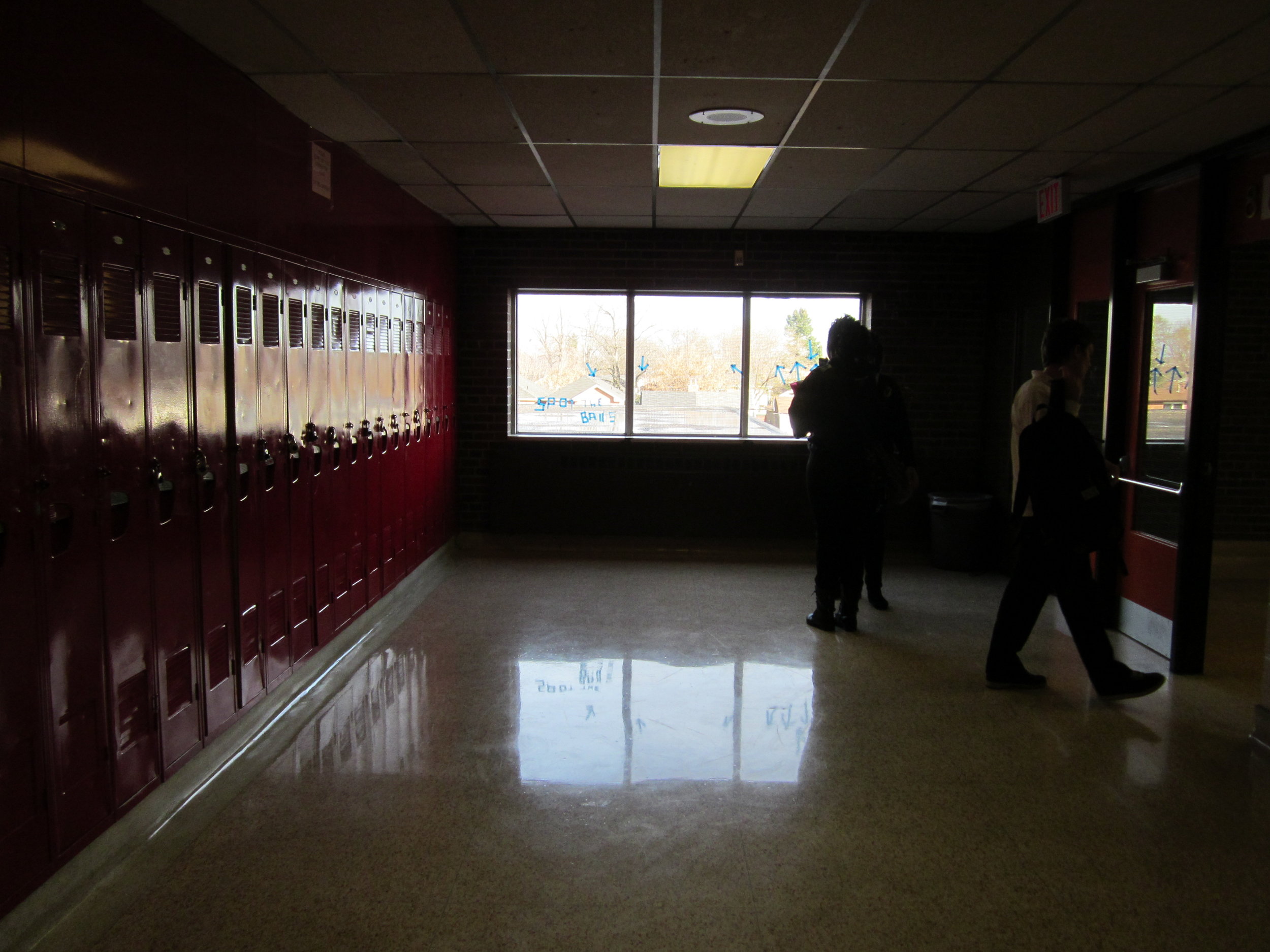
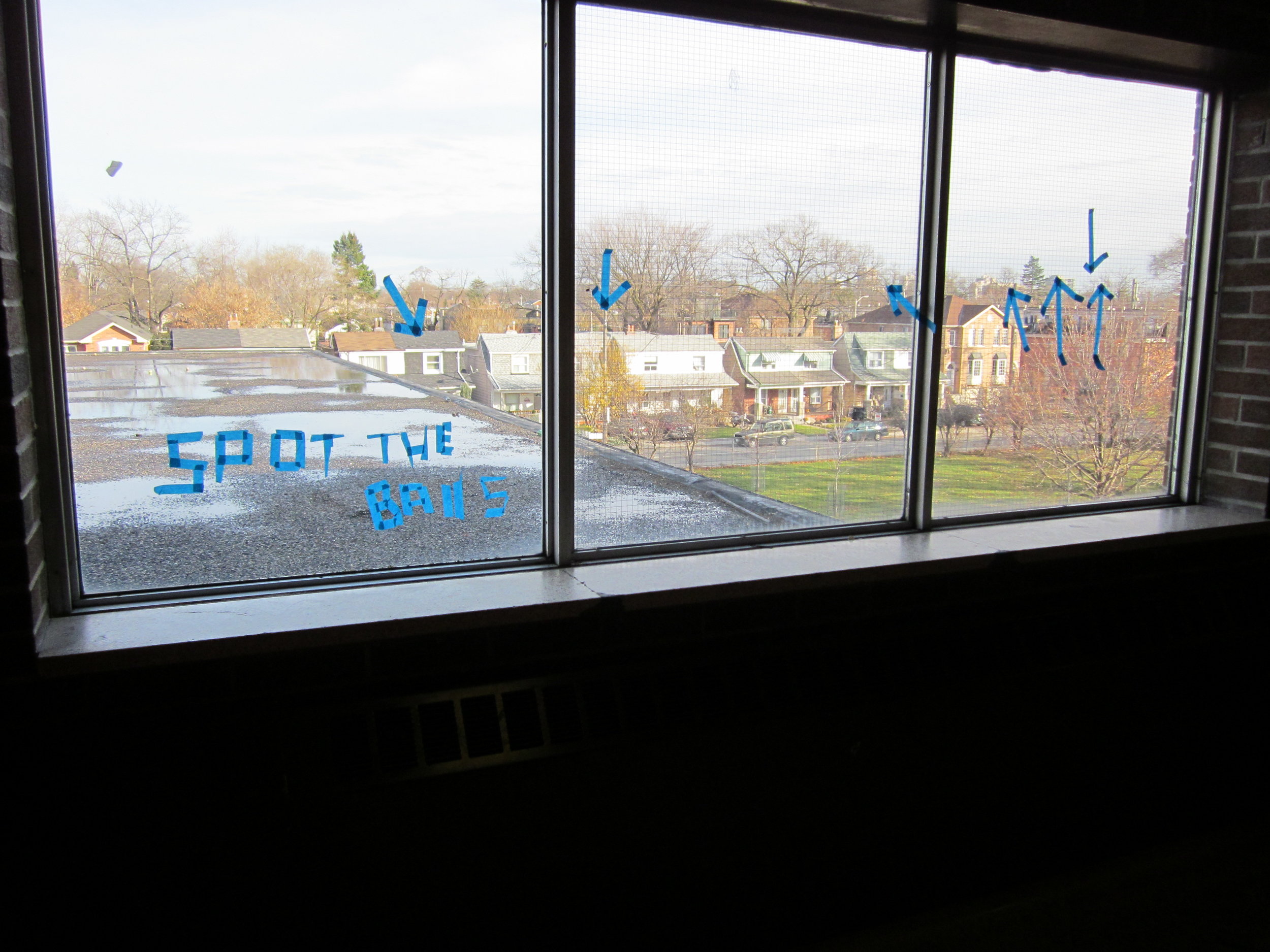
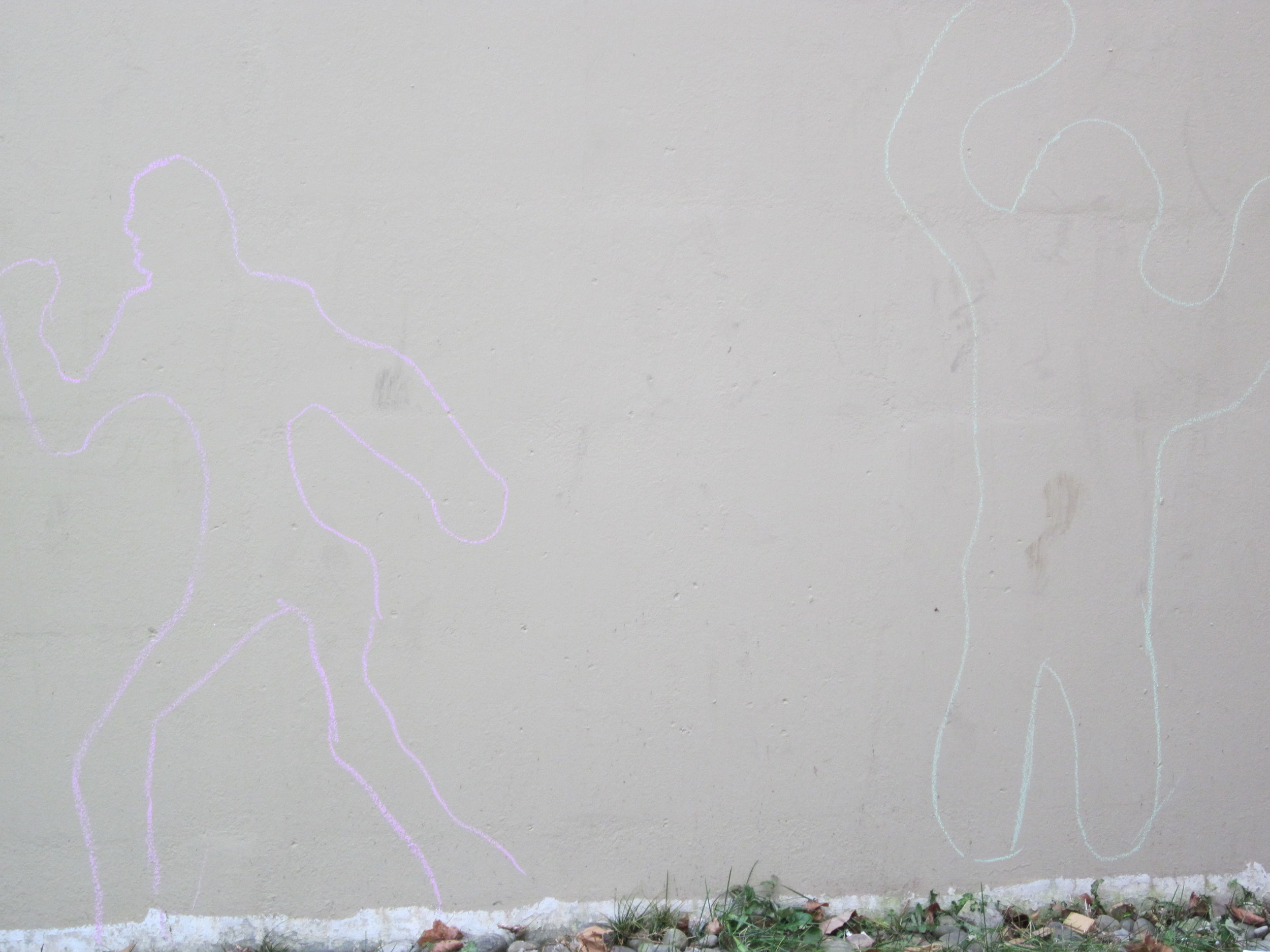
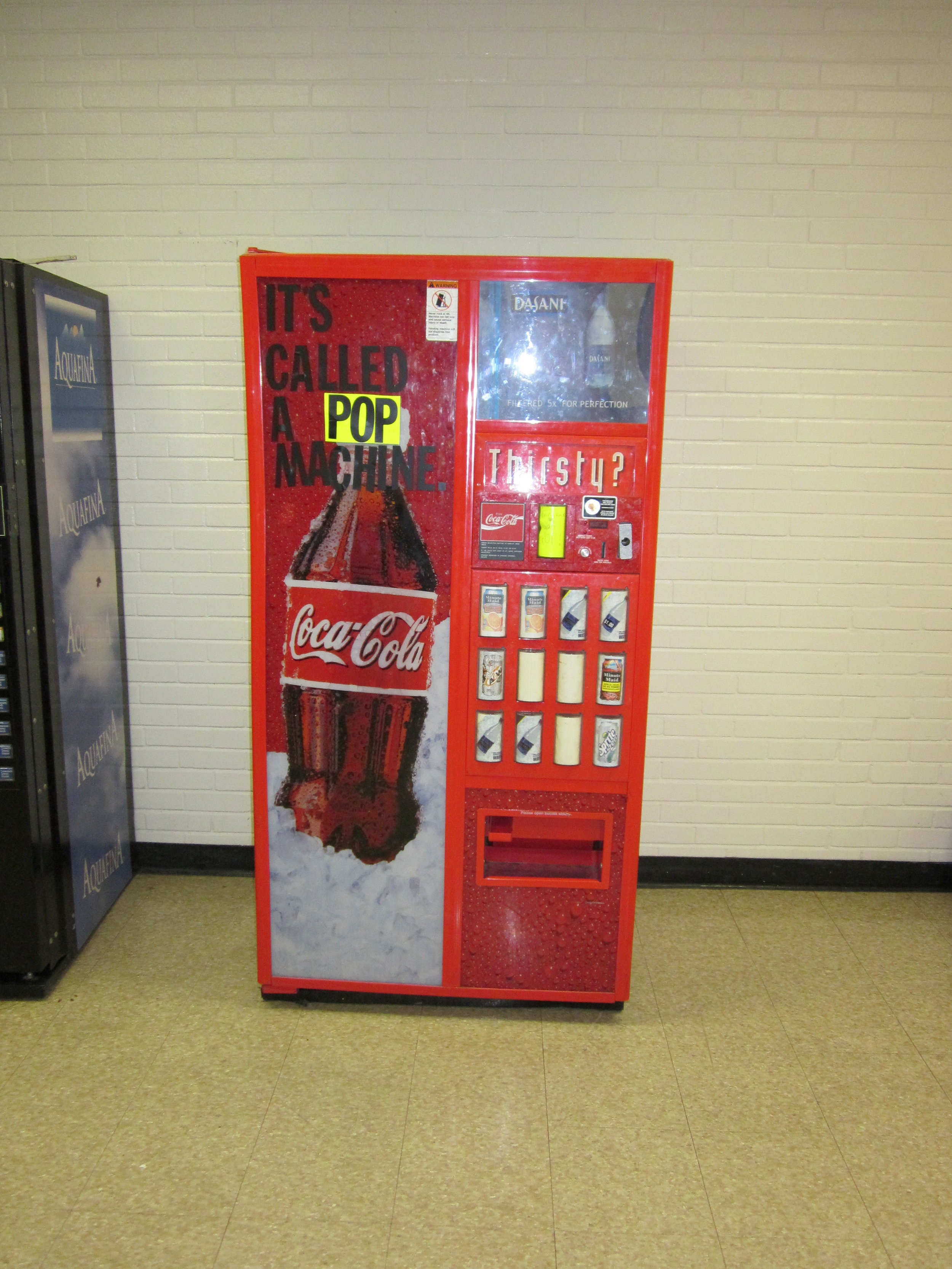
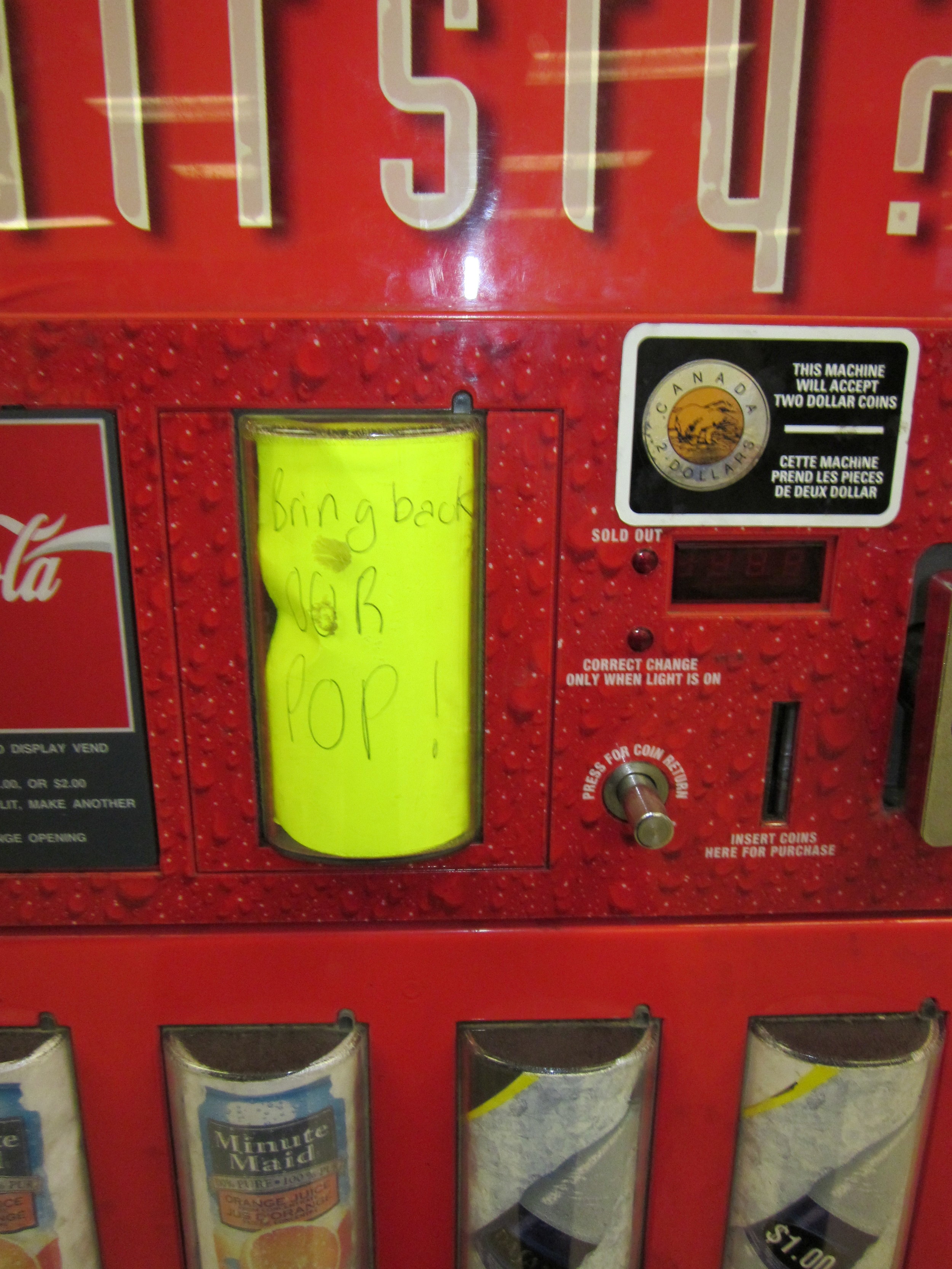

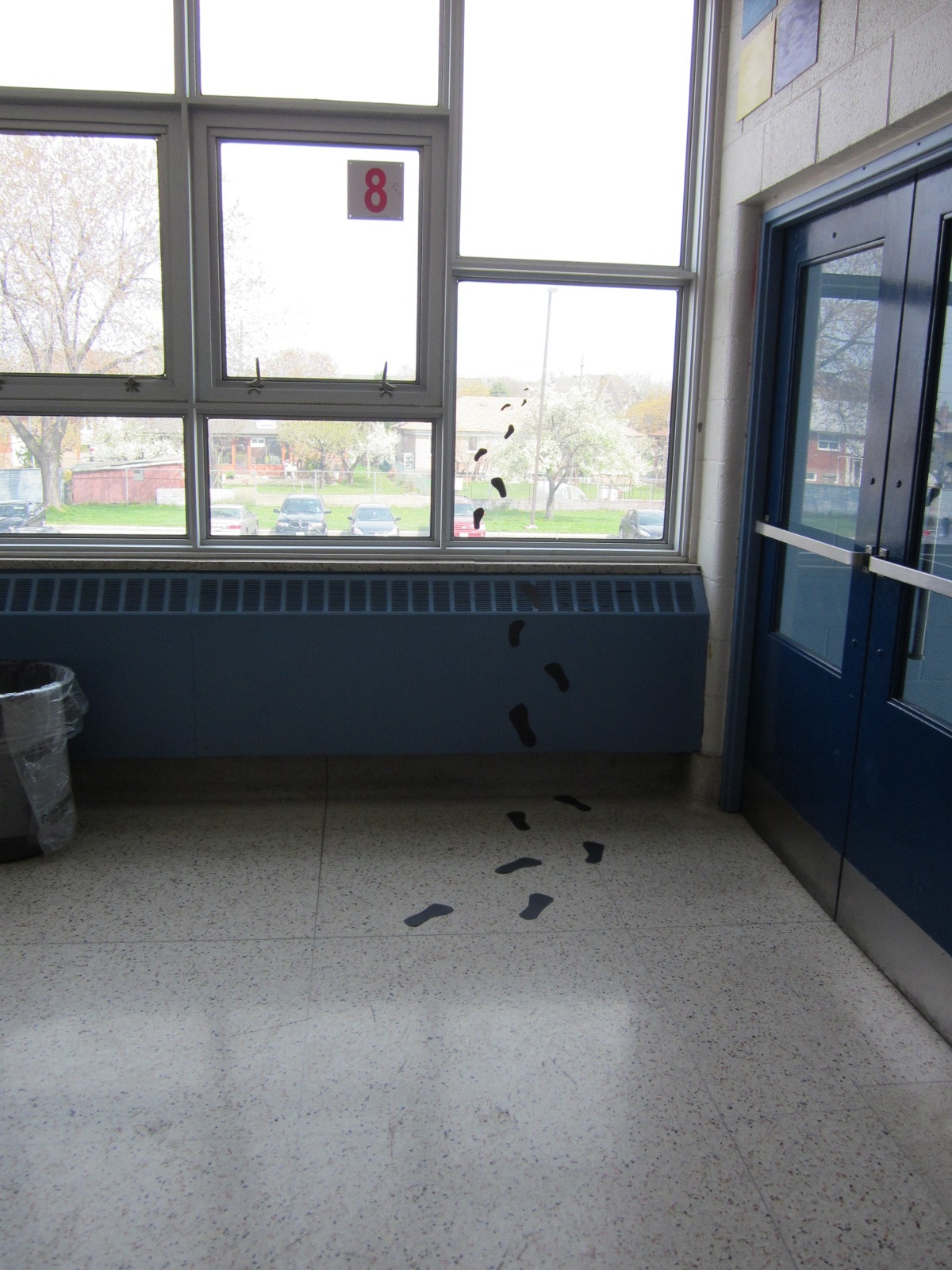
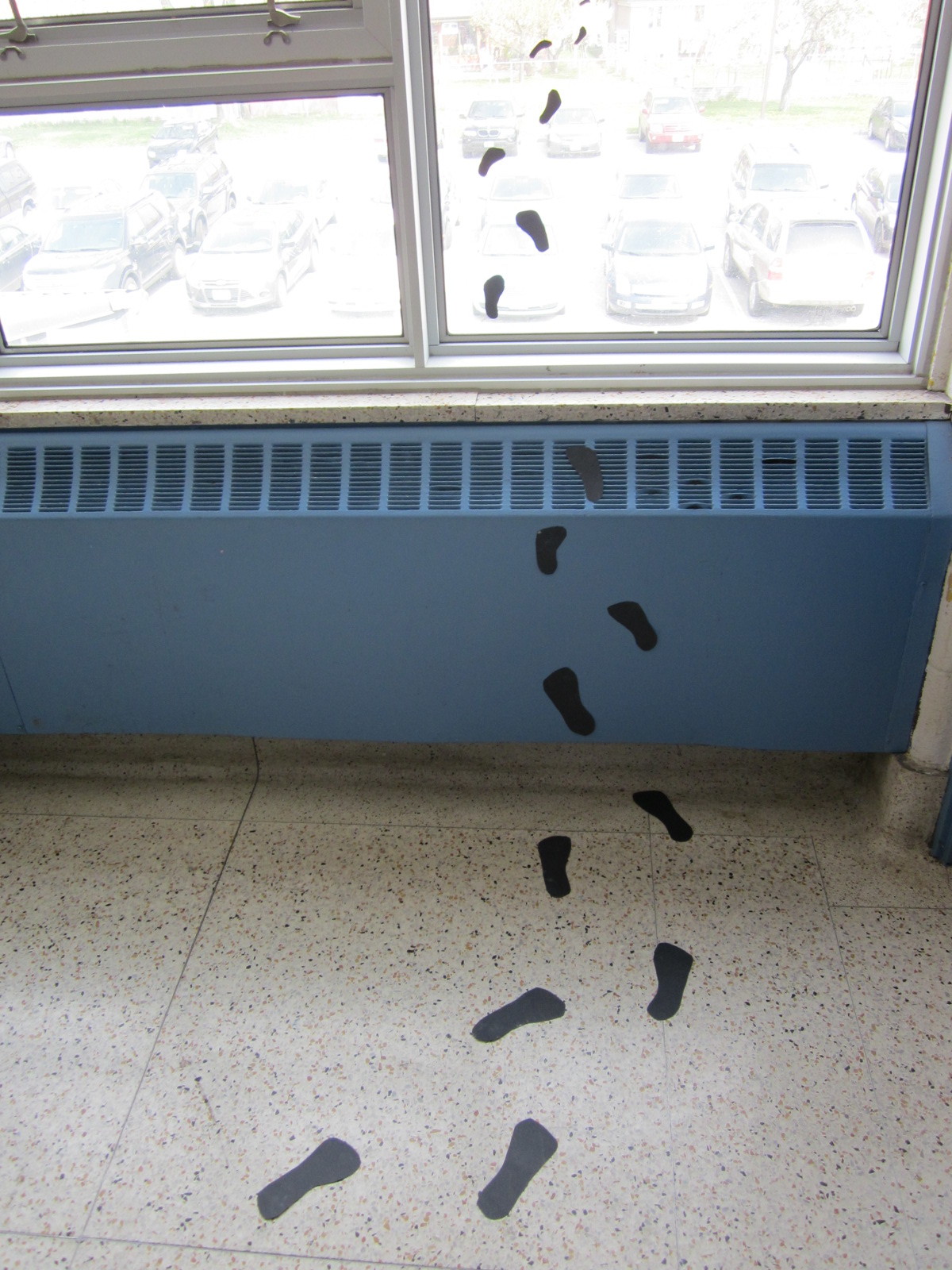
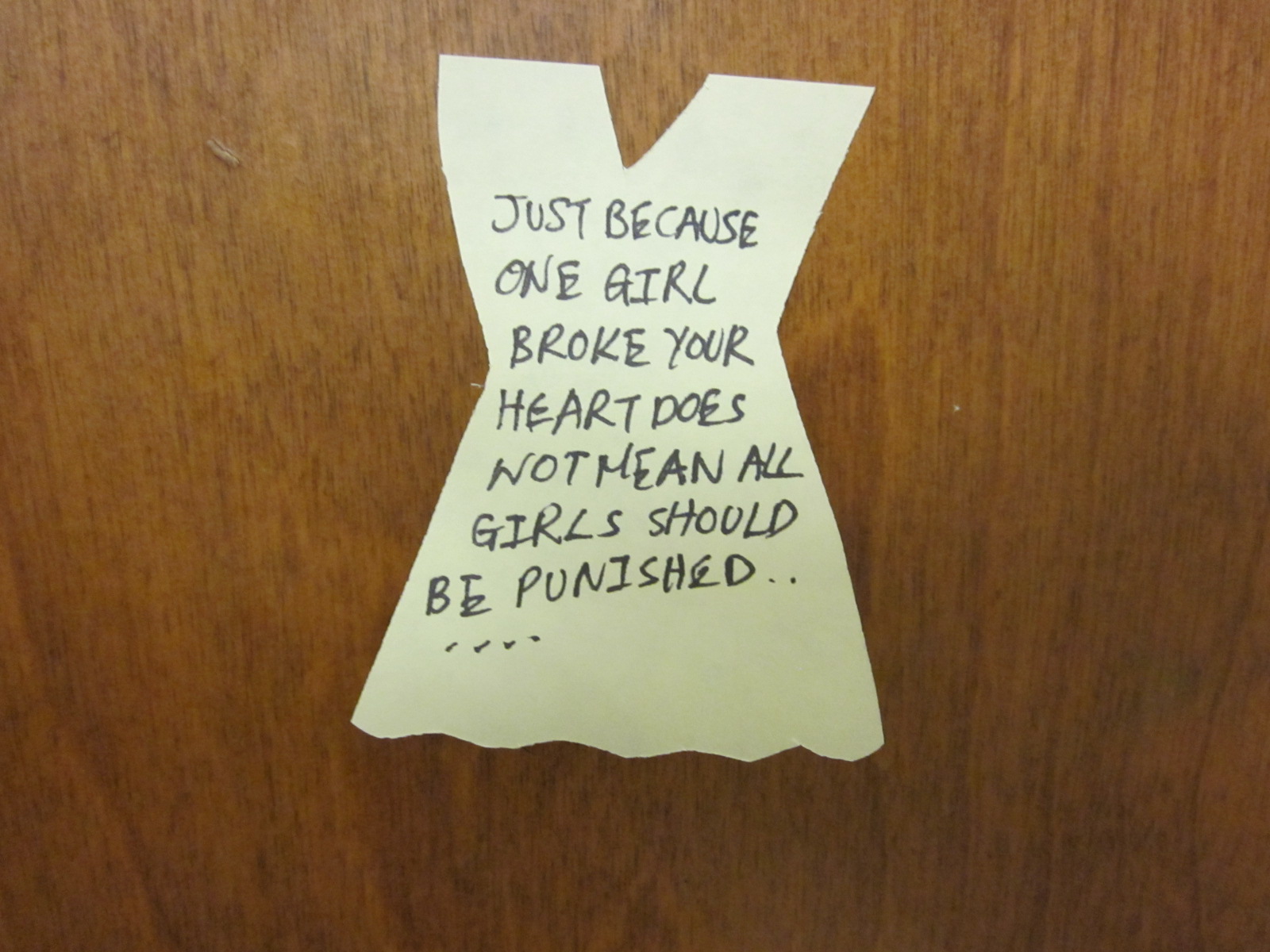
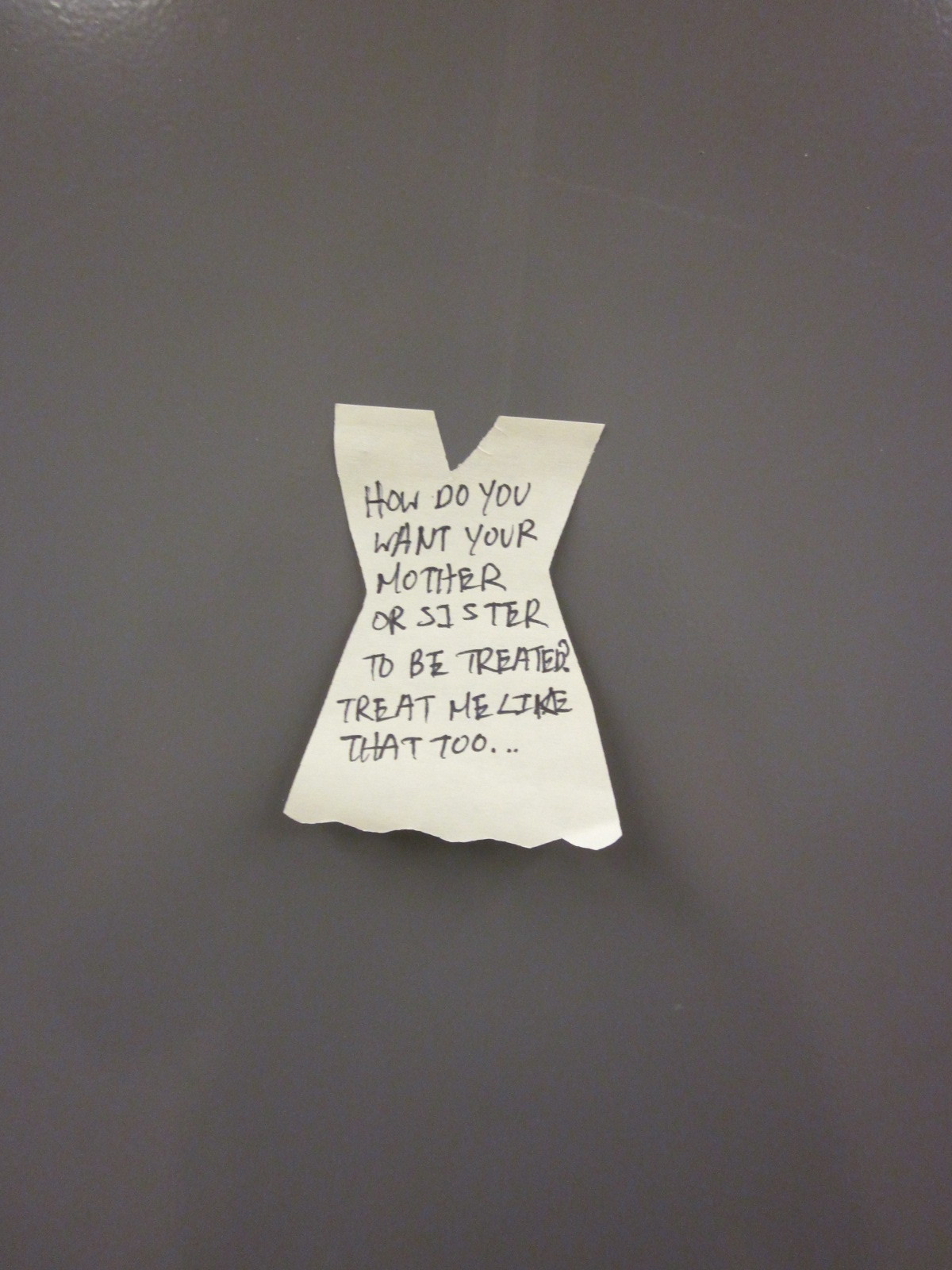
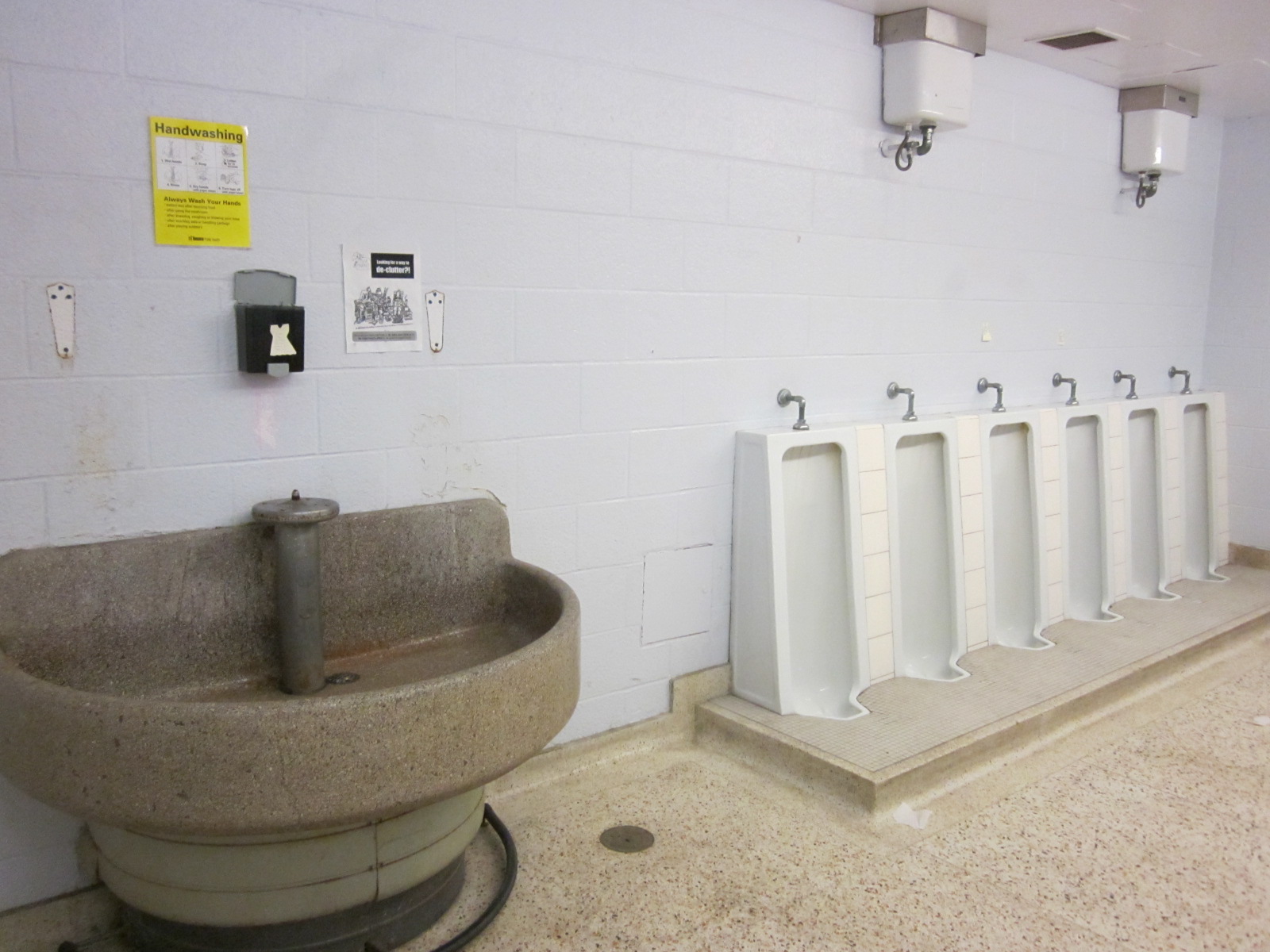
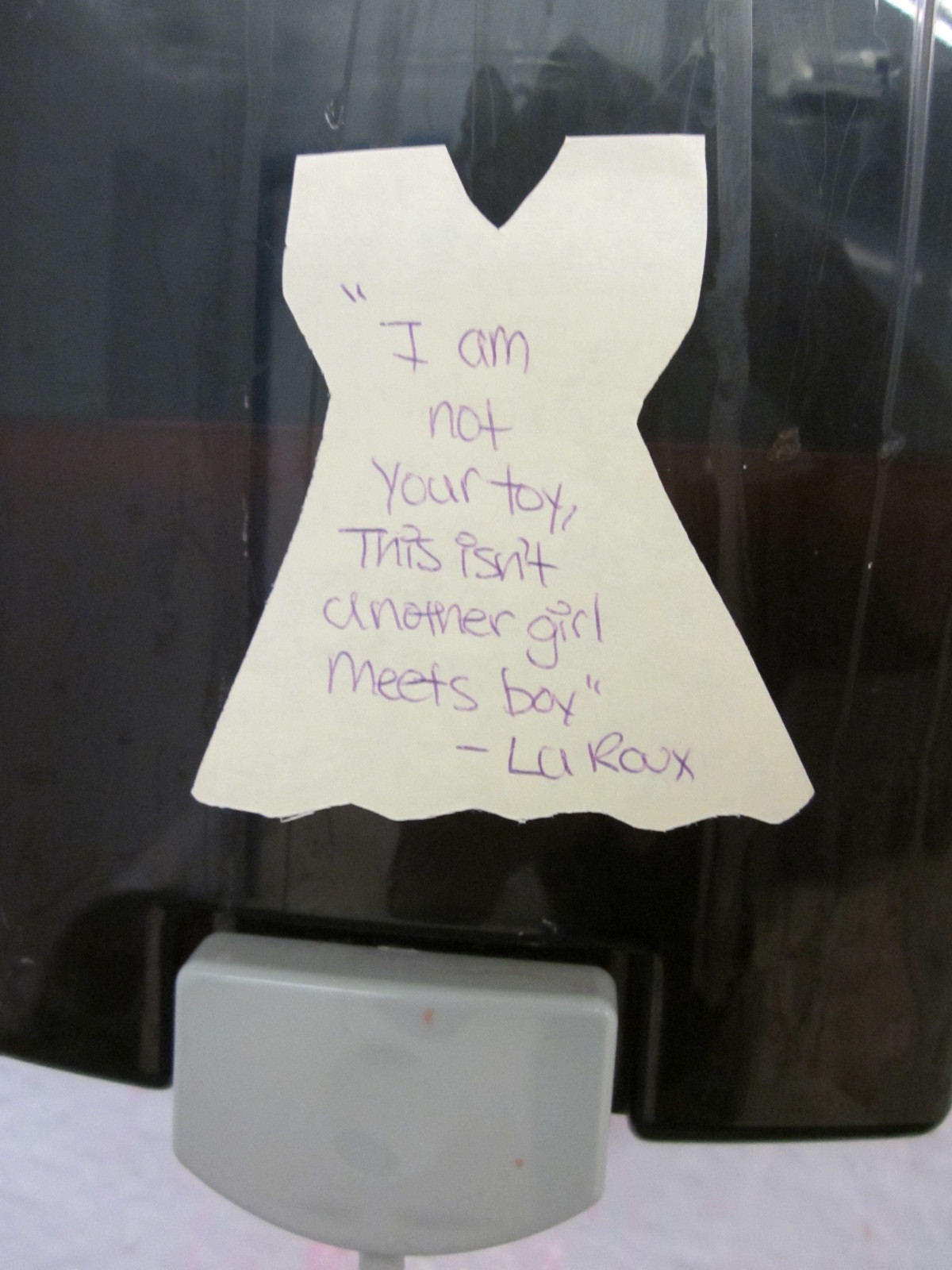

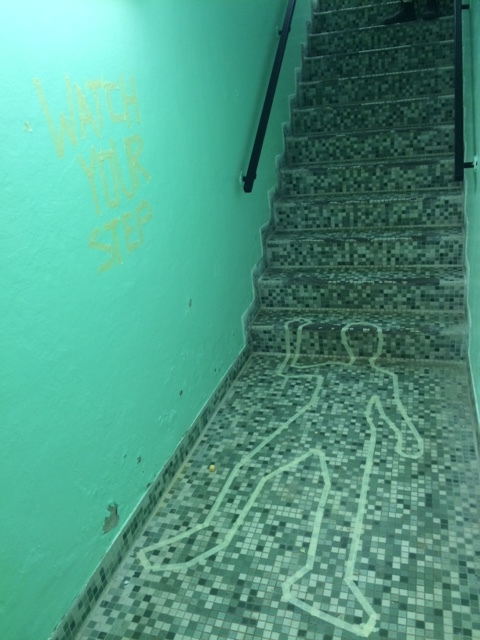

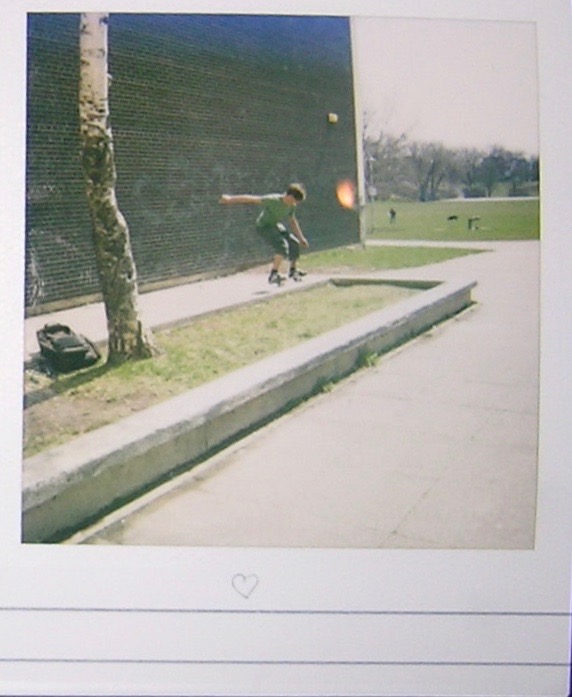
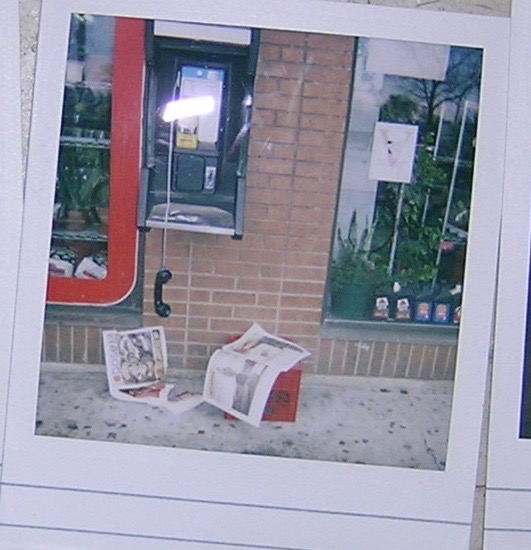
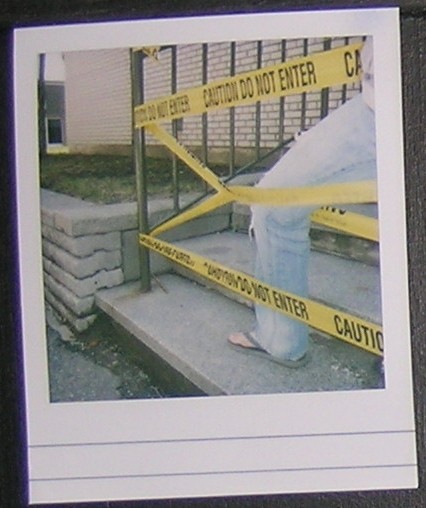
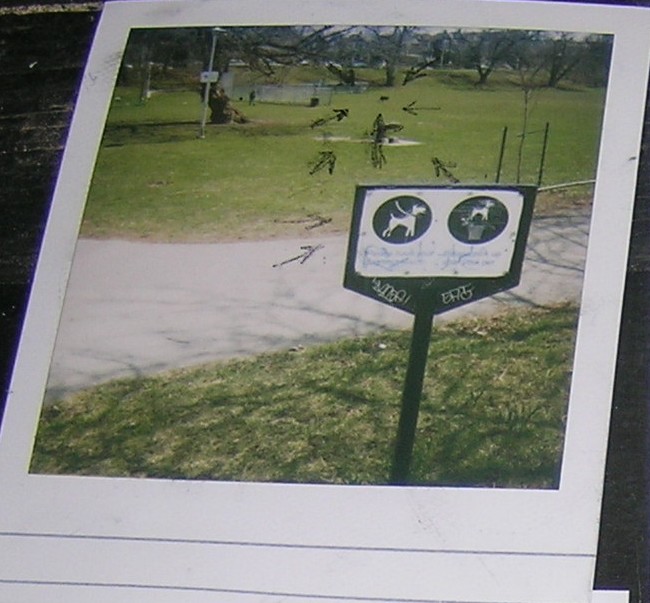










































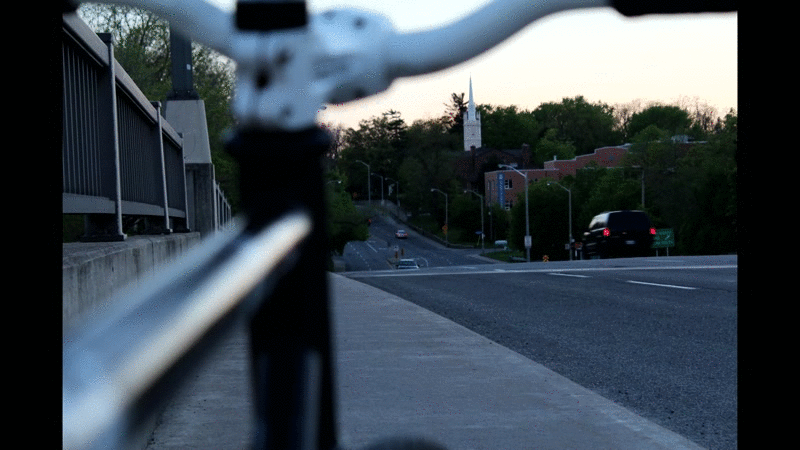



Works of collage that use visual metaphor and puns; reflect lived-experiences; express individuality and share stories of personal growth and vision.